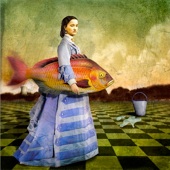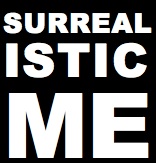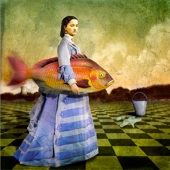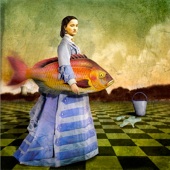Operational Techniques
from Art Synectics and Art Synectics
by Nicholas Roukes
Magnification: The “reconstruction” of a subject on a much larger scale than that of the original.
Minification: Something is made to appear smaller than expected.
Multiplication: Repeating images or forms within a composition.
Substitution: Changing the original qualities of objects and surfaces: a “soft” telephone, a “wooden lightbulb”, etc...
Reversals: Reversing color, perspective, functions, relative sizes and so on; reversing the laws of nature.
Fragmentation: Splitting or fragmenting objects or images. The subject may be either partially developed, fragmented, or dismembered. Splitting planes as in cubist art.
Partial Delineation: An object in a half finished state.
Distortion: CHanging an object or image by deformation, distortion, or progressive states of degradation. An object is burned, dissolved, stretched, melted, etc.
Disguising: The use of latent or hidden images; obscuring the qualities of an object by wrapping, masking, camouflaging.
Metamorphosis: Something in a progressive states of change.
Soft Focus: Changing focus of all or parts of an image; blurred edges or contour lines. A photographic image blurred by movement or panning.
Transference: The intrusion of an object or element into a space or environment not normally its own; the displacement of an object or elements into a new situation.
Collapsing Volume: Rendering three dimensional objects to seem flat or transparent through the use of contour line, silhouette, transparent planes, etc. (or vice versa: expanding two dimensional forms into three dimensional objects)
Animation: Inanimate subjects can be made to “come to life”; organic or inorganic subjects can be given human qualities. Functions can also be implied through image repetition and progression.
Progressive Image Breakdown: Subjecting an image to treatment that tends to deteriorate, obscure, or progressively break it down to simple shapes and patterns.
Positive-Negative Reversal: Using the photographic negative rather than the print (or both) in a composition: using the female molds or concave shapes to abstract figurative sculpture.




















